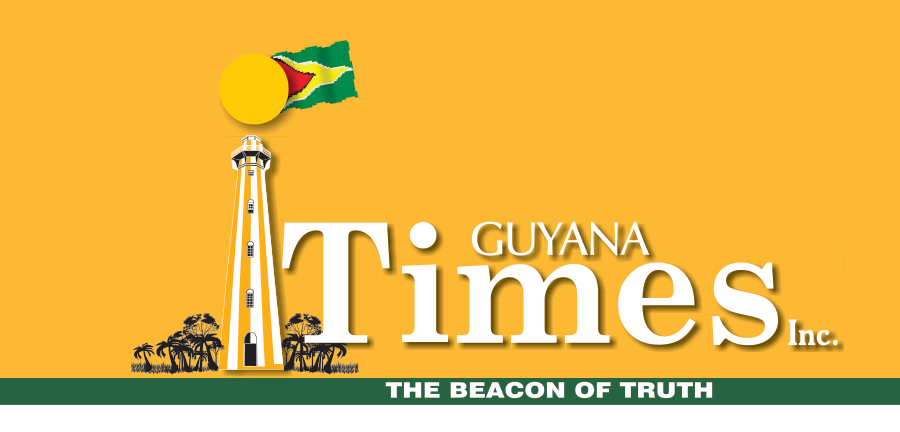COVID-19 outbreak
The number of confirmed COVID-19 cases continues to climb in Guyana, with the figure now at 67. 
This, according to the Public Health Ministry’s daily update dashboard on Tuesday, represents an increase of just one case when compared to the figure given the previous day.
With the number of confirmed cases jumping just one place, to 67, Guyana’s COVID-19 deaths remain the same.
Since its first coronavirus death on March 11, the country has recorded seven deaths to date – the last recorded on Saturday following the death of Sydney Trellis, a 49-year-old man from Wismar Housing Scheme, Region 10 (Upper Demerara-Berbice), who died in the COVID-19 Intensive Care Unit (ICU) at the Georgetown Public Hospital Corporation (GPHC).
According to the Ministry in its latest update, there are currently three persons in the dedicated COVID-19 ICU.
The number of persons tested thus far for the novel coronavirus in Guyana is 348, of which 281 were negative.
Meanwhile, there are presently 51 persons in institutional isolation, while 17 persons are now in quarantine.
As Guyana continues with efforts to contain the spread of the deadly virus and minimise the death toll, nine persons have recovered from the life-threatening disease to date. At least five of these recovered persons are relatives of ‘patient zero’ – 52-year-old Ratna Baboolall, who died days after returning from New York and is Guyana’s first imported case.
The now recovered persons were placed in isolation and treated after also testing positive for the life-threatening disease.
Last week it was revealed that Region Four (Demerara-Mahaica) continues to account for most of the confirmed cases – the majority of which are from Georgetown. It was noted too that the 30-49 age group accounts for the highest number of positive cases, with a 4:1 ratio of males to females.
Pointing to the fact that Guyana’s COVID-19 numbers are climbing rapidly, Public Health Minister Volda Lawrence had implored persons to adhere to the curfew and restrictions put in place to curb the spread of the coronavirus.
“I hope by now that you understand the reasons for the widespread message of staying at home and maintaining your distance. Stay at home means you do not go out of your yard to visit with family – brother, sister, grandmother etc – nor even your partner if you are not already living together,” the Minister implored.
Only Friday, Country Representative of the Pan American Health Organisation/World Health Organisation (PAHO/WHO), Dr William Adu-Krow warned Guyana against lifting the emergency measures too soon, noting that it could result in an exponential spike in the number of cases here.
On April 3, the Public Health Ministry issued a series of curfew and restrictions to curb the spread of the novel coronavirus here. These are in place until May 1, when it will either be extended or lifted.
But according to Dr Adu-Krow during a virtual press conference, “If at May 1, the Government relaxes all the curfew and everything… it begins an exponential rise [in the number of coronavirus cases].”
In fact, he noted that if the measures are lifted as scheduled, then by mid-May there could be as much as 5000 cases in the country.
Last month, PAHO/WHO had projected that Guyana would record some 20,000 COVID-19 cases. But the country representative explained that this projection was in the event that the country did nothing to curb the spread.
He noted that the implementation of the curfew and restrictions has saved some 240 persons from contracting the virus and at least 25 deaths were prevented. It was projected that by April 15, there would have been 295 coronavirus cases recorded in Guyana.
According to the World Health Organisation, COVID-19 is the infectious disease caused by the most recently discovered coronavirus. The most common symptoms of COVID-19 are fever, tiredness, and dry cough. Some patients may have aches and pains, nasal congestion, runny nose, sore throat or diarrhoea. These symptoms are usually mild and begin gradually.
However, some people become infected but don’t develop any symptoms or feel unwell. In fact, most people (about 80 per cent) recover from the disease without needing special treatment.
To this end, persons are urged to take precautionary measures to prevent themselves, as well as protecting others, from contracting the infectious disease. Persons are urged to wear face masks whenever they go out in public and are around other persons.
Additionally, local authorities have also been encouraging persons to maintain a healthy lifestyle by eating nutritious meals as well as being physically active.
Discover more from Guyana Times
Subscribe to get the latest posts sent to your email.









